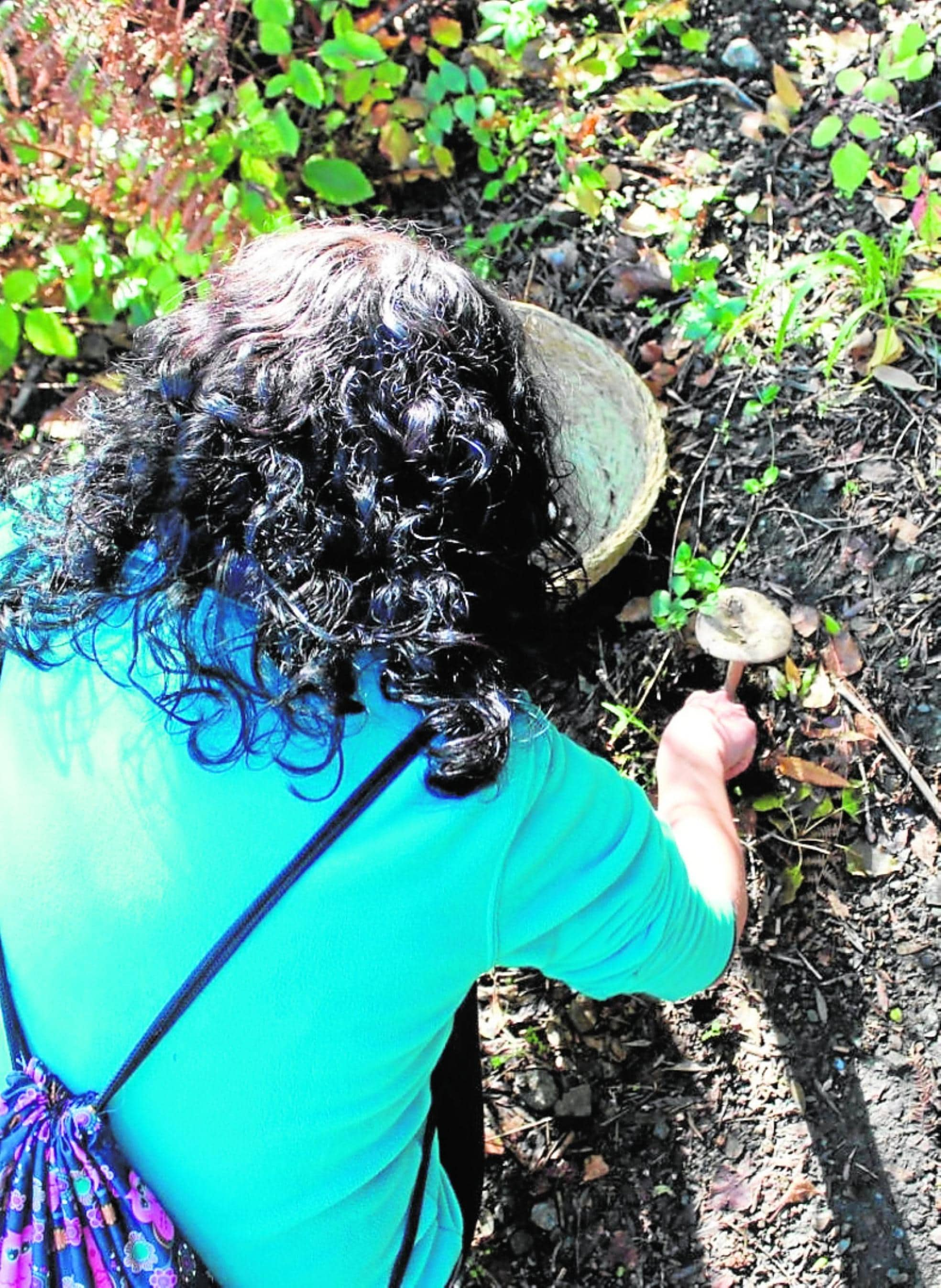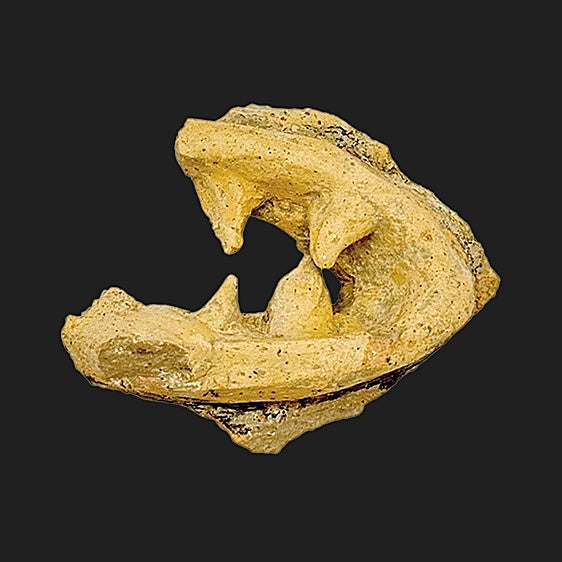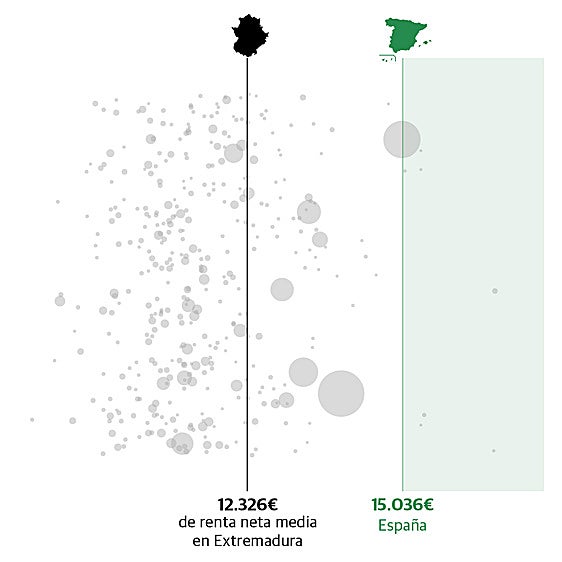
Ver fotos
Mushrooming in the mountains
A wealth of fungi. In autumn, when the temperatures drop and the first rain arrives, different species of wild mushroom can be found in the Serranía de Ronda, Montes de Malaga, Sierra de las Nieves and Sierras de Tejada y Almijara
VANESSA MELGAR
Friday, 26 November 2021, 10:37
Something to do this autumn? Go out and pick wild mushrooms. Where? In Malaga province, Los Montes, the Sierras de Tejeda y Almijara, the Sierra de las Nieves and the Serranía de Ronda are ideal places to go. The wild mushroom season starts this time of year, when the temperatures cool and it rains; they grow among pine trees, cork oaks, holm oaks and chestnut trees, among others.
So far this year there have been very few wild mushrooms. Beli Casillas, of Mico Time - a local environmental consultancy in Cortes de la Frontera, says there hasn't been enough rain.
"We have gone straight from summer to winter. It is increasingly evident that our climate is changing, and it means that many of the species that normally appear at the start of the season never arrive," she says. However, there has been a good crop of Caesar's mushrooms and porcini in the Genal Valley, in the Serranía de Ronda, thanks to the rain which put out the recent fire in the Sierra Bermejaarea, after it had burned nearly 10,000 hectares.
"The fungus, which is the organism that produces the mushroom, is always in the subsoil, below the ground or in decomposing organic material, but we will only see the mushroom when the conditions are good enough for it to appear," says Casillas.
The third 'f'
It all depends on the weather, but it can be said that in general Malaga province has a wealth of ecosystems and is therefore rich in fungi.
"We want this to be taken into account, and for people to talk about the 'third f', in other words flora, fauna and fungi," says Casillas. As well as this type of tourism, Mico Time also advises and trains others, organising workshops on identifying wild mushrooms and preparing them for sale, and creating biomaterials (produced by fungi), among other things.
She says, for example, that close to Malaga city, in Los Montes, it is possible to find different species, especially those which grow near pine trees such as the saffron milk caps, and that in the Sierra de las Nieves and the Sierras de Tejeda y Almijara, there is a long list thanks to the variety of vegetation.
Best places to look
However, she says the best places are: the Serranía de Ronda and the Genal valley in particular; the mountains around Cortes and Ronda, in the Malaga part of Los Alcornocales Natural Park; the riverbanks of the Arroyo de la Ventilla and the Guadiaro river; and the Sierra de Grazalema Natural Park, which in Malaga encompasses parts of Ronda, Cortes, Jimera, Benaoján, Montejaque and Montecorto.
"In the Serranía we have cork oaks, gall oaks, holm oaks, pine forests, pinsapos, chestnuts, pastureland, riverbanks... and in each of these ecosystems there are wild mushrooms associated with that type of vegetation, in different soils," she says.
At the beginning of the season, you can find species such as Caesar's mushroom, porcini, lactarius rugatus and parasol mushrooms, among others. Later on, when the temperatures drop even further and as long as it rains, you can look for saffron milk caps, bluefoots, porcini, chantarelles, king trumpet mushrooms, oyster mushrooms, yellow foot mushrooms and trumpets of death. In the spring, the favourites are the morels.
Be careful what you eat
The reason people go out to look for wild mushrooms, as well as enjoying the increasingly popular experience, is to eat them when they get home, but it is very important to remember that most wild mushrooms are not edible. Some people go out looking for them just to study, draw or photograph them. Many varieties are still hardly known. In Andalucía there are more than 2,500 species of wild mushroom in the regional government's inventory but Casillas says this official list needs to be updated.
Don't eat types you don't know, don't listen to popular beliefs, and always go out searching with experts
The main thing to bear in mind when you go out looking for wild mushrooms is don't eat types you don't know, warns Beli Casillas, the director of Mico Time, based in Cortes de la Frontera.
Casillas advises being guided by experts and going out into the countryside with them, or taking part in organised day trips, to gradually acquire more knowledge and be able to distinguish between edible and poisonous varieties. Several have already taken place this autumn.
She says many popular beliefs about wild mushrooms are false, and that appearances can be deceptive. Be very careful about what you pick: some varieties are toxic and can even be fatal


